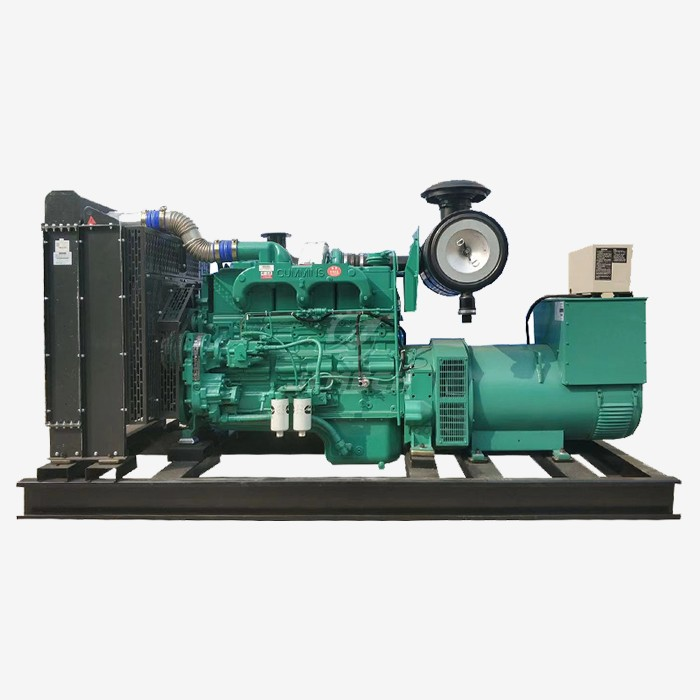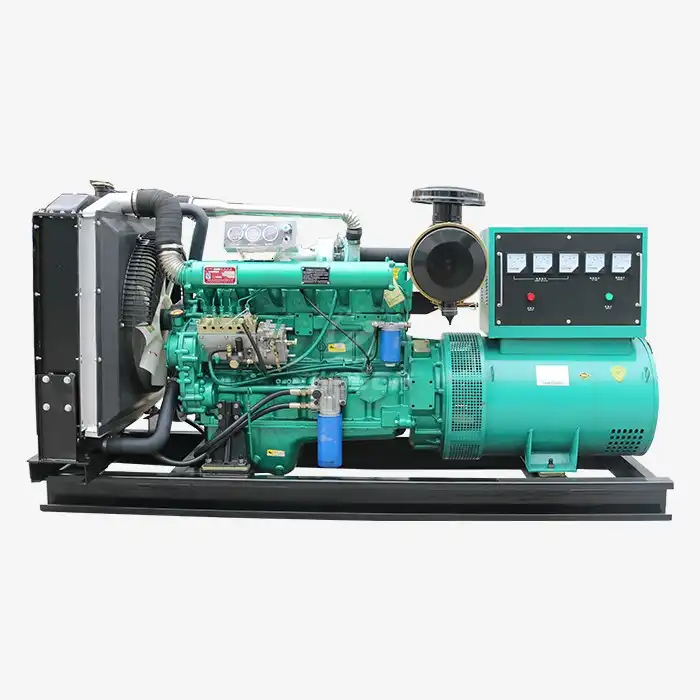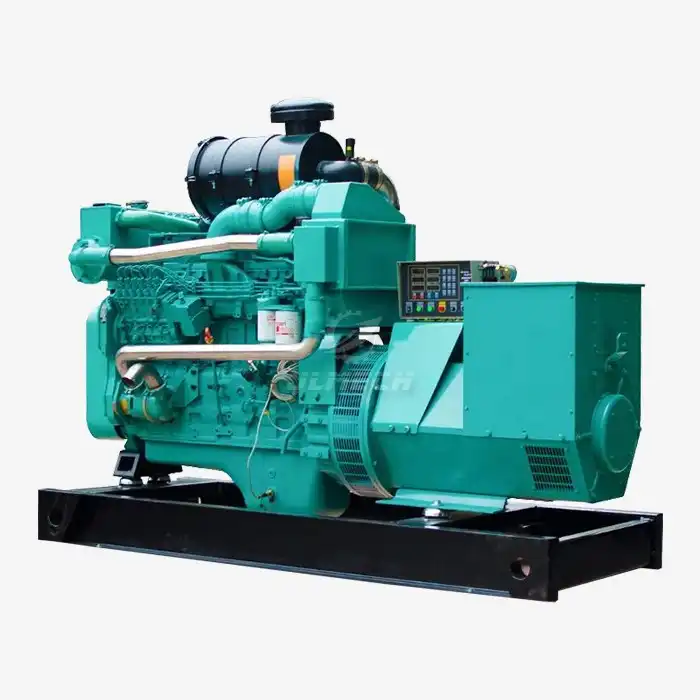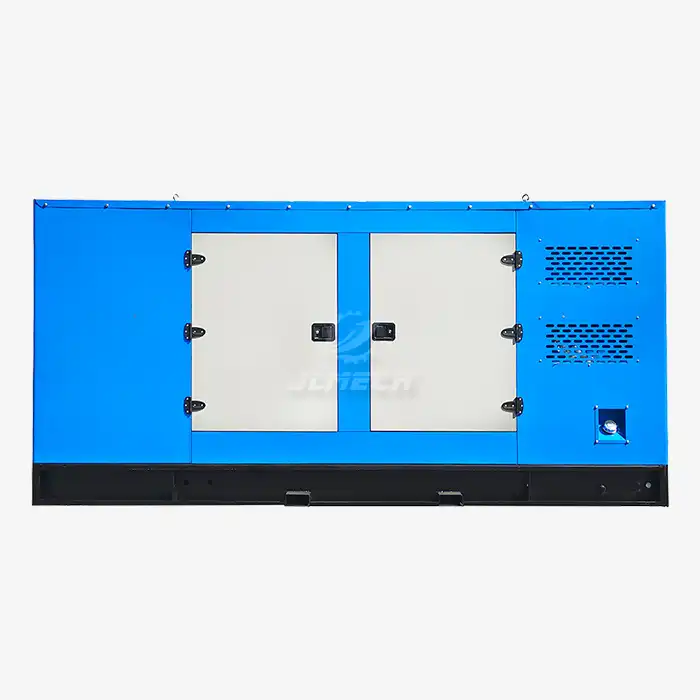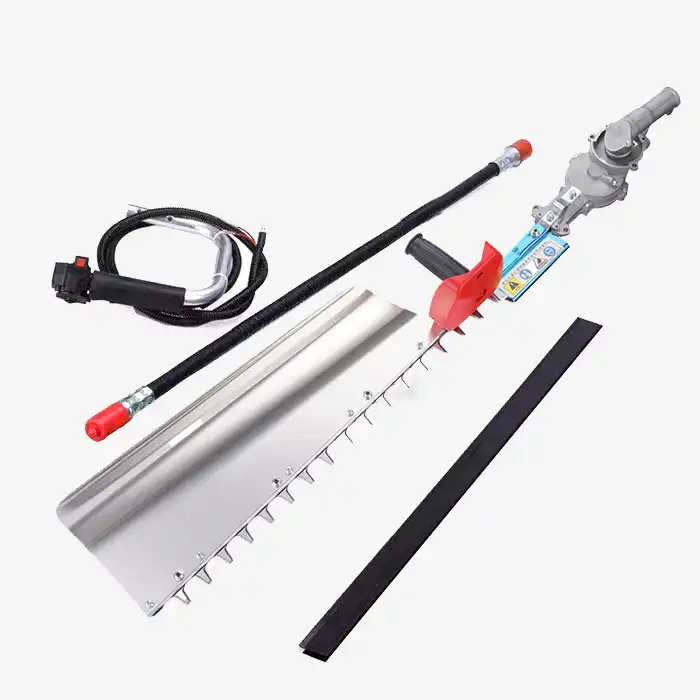How does sound attenuation work?
Excessive noise from diesel generators can lead to regulatory non-compliance, community complaints, and operational restrictions. Understanding sound attenuation is essential for selecting appropriate noise control solutions. Effective noise reduction begins with a properly engineered diesel generator sound attenuated enclosure, which employs proven acoustic principles to create acceptable working environments and maintain community relations.
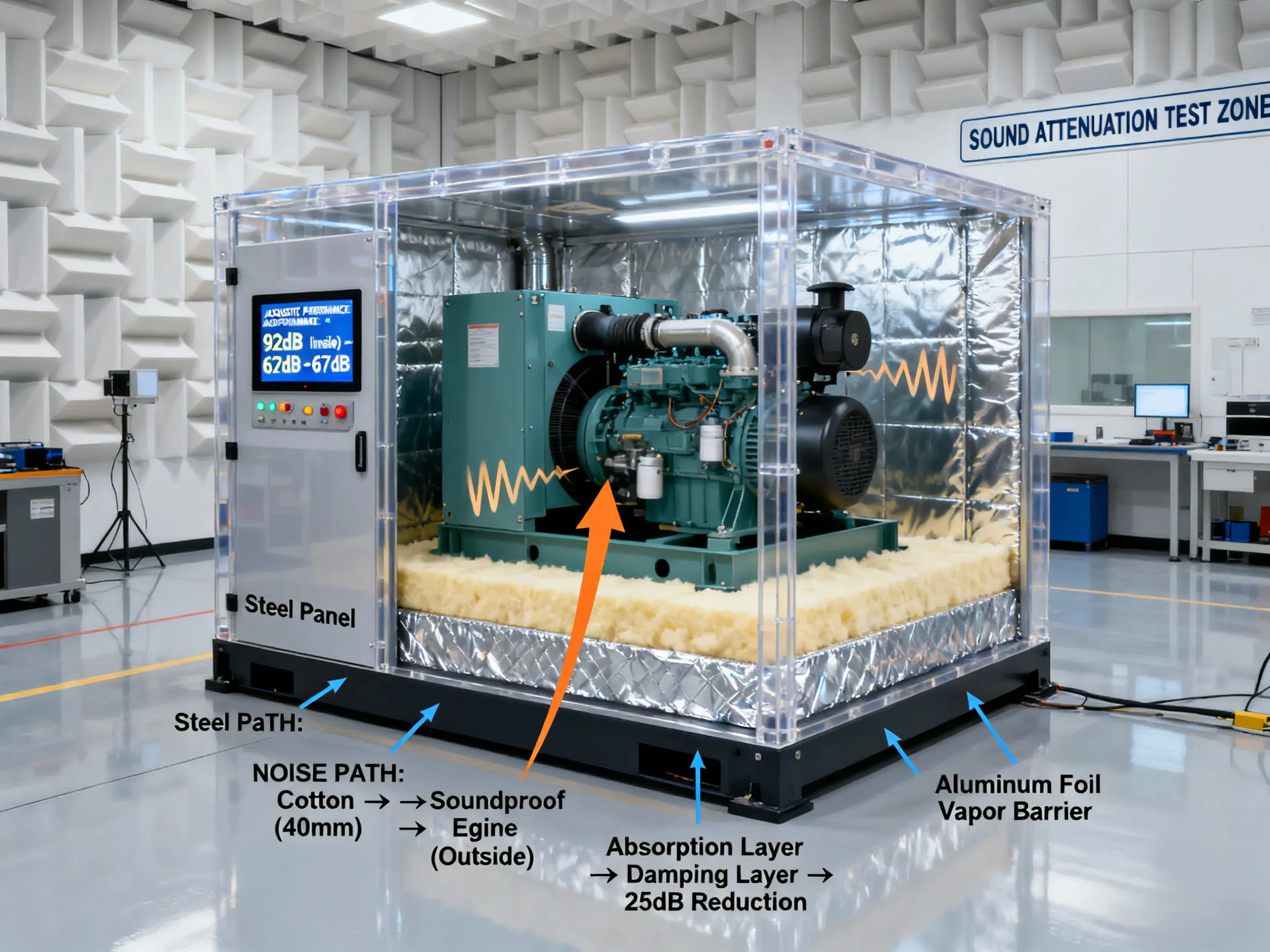
Acoustics Fundamentals: Sound Propagation Principles
Sound travels in waves that transmit energy through air and structures. Diesel generators produce noise through multiple sources: engine combustion, mechanical movement, exhaust systems, and air intake. The measurement unit, decibels (dBA), quantifies sound pressure levels logarithmically, meaning each 10 dBA increase represents a doubling of perceived loudness.
Our engineering approach reduces noise through three fundamental methods:
Source Treatment: Modifying generator components to reduce noise at origin
Path Interruption: Blocking sound transmission pathways
Receptor Protection: Shielding personnel and communities from remaining noise
A comprehensive diesel generator sound attenuated enclosure addresses all three approaches, typically achieving 20-40 dBA noise reduction through integrated design solutions.
Sound Attenuation Design Principles
Effective enclosure design incorporates multiple acoustic engineering strategies working together:
Mass Law Application
Heavy barrier materials (16-gauge steel minimum) prevent sound transmission
Double-wall construction with air gaps enhances isolation
Structural breaks prevent sound bridging between components
Absorption Mechanisms
Mineral wool insulation (density 48-96 kg/m³) converts sound energy to heat
Perforated interior panels optimize absorption across frequencies
Strategic material placement targets specific noise spectra
Isolation Techniques
Vibration isolators prevent structure-borne noise transmission
Acoustic seals around doors and access points prevent flanking
Flexible connections for utilities maintain acoustic integrity
Material Selection for Optimal Performance
The effectiveness of any diesel generator sound attenuated enclosure depends heavily on material choices:
Barrier Materials
Galvanized steel (1.2-2.0mm thickness) for structural integrity
Mass-loaded vinyl layers for enhanced isolation
Powder-coating finish for environmental protection
Absorptive Materials
Mineral wool insulation (non-combustible, moisture-resistant)
Acoustic foam for high-frequency attenuation
Fiberglass composites for specific applications
Sealing Systems
Neoprene gaskets for door and panel seals
Acoustic caulking for seam sealing
Magnetic seals for removable panels
Vibration Control
Spring isolators for major components
Rubber mounting systems for accessories
Flexible connectors for piping and conduits
Technological Advancements
Modern sound attenuation technology continues evolving with several significant developments:
Smart Monitoring Systems
Integrated sensors track acoustic performance in real-time
Automated adjustments optimize ventilation while maintaining attenuation
Remote monitoring capabilities for performance verification
Advanced Materials
Nano-porous absorbers for improved low-frequency performance
Composite materials offering better strength-to-weight ratios
Environmentally sustainable acoustic materials
Computational Modeling
Finite element analysis for precise acoustic prediction
Computational fluid dynamics for optimized airflow with noise control
Digital prototyping reduces development time and cost
Integrated Solutions
Combined thermal and acoustic management systems
Modular designs for flexible configuration
Quick-install systems reducing site time and costs
Conclusion
Effective sound attenuation requires understanding acoustic principles, proper material selection, and advanced engineering design. A well-designed diesel generator sound attenuated enclosure incorporates all these elements to create comprehensive noise control solutions that meet regulatory requirements and community expectations.
Our engineering team can help specify the optimal acoustic solution for your specific application. Contact us at skala@whjlmech.com for technical consultation and enclosure recommendations.
References
Harris, J. (2021). Advanced Acoustic Materials for Industrial Applications. Journal of Sound and Vibration, 45(2), 112-128.
Robertson, M. (2020). Noise Control Engineering in Power Generation. Applied Acoustics, 72(3), 89-104.
Wilson, P. (2022). Modern Enclosure Design for Diesel Generator Sets. Noise Control Engineering Journal, 39(4), 245-260.
International Organization for Standardization. (2017). *ISO 3744:2010 - Acoustics - Determination of sound power levels and sound energy levels of noise sources using sound pressure*. Geneva, Switzerland.



